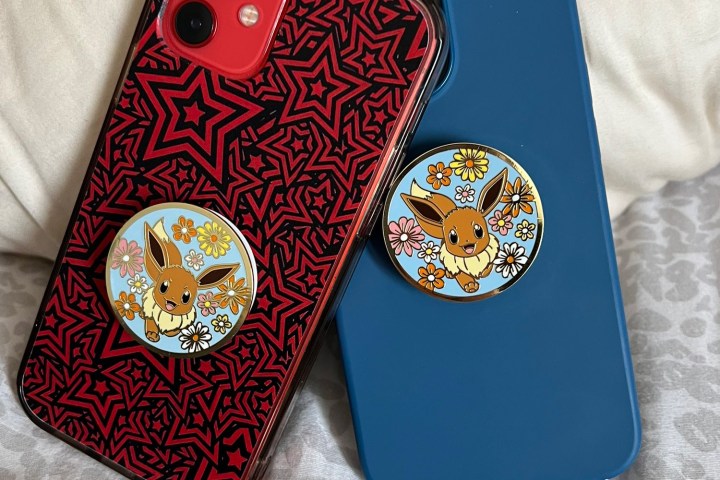Interest in PopSockets seemed to come and go relatively quickly. While they’re still certainly popular overseas, they seem like a rare sight to see in the U.S., which is odd considering just how popular they were in the mid-2010s, only to disappear seemingly overnight.
It has gotten to the point where I am the final PopSocket user among my friends. This is unfortunate because, as it turns out, PopSockets are awesome and I feel like many people are missing out.
A firm grip on my phone
I’ve had a PopSocket on every one of my phones since 2015 and never looked back. To me, they’re a piece of mobile phone security that is an essential part of my smartphone experience. As phone screens have gotten bigger over the years, the phones that I’ve used have become increasingly harder to hold with just one hand, but the PopSocket gives it a nice grip that I can firmly hold onto.

Long gone are my days of worrying about dropping my phone and smashing the screen into a thousand tiny pieces. Instead, I’ve been able to breathe easy knowing the possibility of my phone being knocked out of my hand is basically nonexistent. This has set me free in some regards, making travel a lot more carefree when it comes to keeping my phone safe. Plus, a PopSocket is a lot cheaper than a replacement screen.
When I was in college, I studied abroad in Australia and I was frequently on boats, docks, and other places where a dropped phone could end in complete disaster. I was able to take plenty of pictures and videos, however, knowing that my phone was securely held in my hands and that even if an unexpected wave or push were to come, it wasn’t going anywhere.
Safe and secure
That sort of security is only available to me thanks to the convenience and quality build of PopSockets. It’s because of how secure they make me feel that I was baffled when they seemingly left the public eye so quickly. For a year or so following their initial popularity, it felt like you couldn’t go anywhere without being offered a complimentary knockoff PopSocket with a business or brand’s logo plastered on the plastic circular backing. Now, it seems like only the name-brand products remain, but they aren’t on everyone’s phones like they once were.
I think the problem that PopSockets ran into in their initial popularity was the fact that so many knockoffs were made, most of which were of far lesser quality than the official branded ones. This meant that many people’s only exposure to them was with cheaply made off-brands that fell apart easily and lacked the security that PopSockets offer. As a result, many people may have been turned off from the idea of PopSockets in general, which is really unfortunate.
MagSafe PopSockets and more
Luckily, PopSockets, the company, is still innovating on its initial ideas and continuing to make new phone grip products. The relatively new MagSafe PopSocket removes the need for a person to stick their grip in the perfect place on their first attempt by magnetically attaching the grip to the back of an iPhone with MagSafe built in. The MagSafe PopWallet combines the PopSocket grip with the popular wallet add-ons that hold credit cards and cash. The company even paired with Otterbox to make phone cases that have built-in PopSocket grips. There’s no shortage of new innovations when it comes to in-hand phone security.
PopSockets are the kind of accessory that I didn’t know I needed before I had them, but now can’t live without. I used to teach high school students after school and they would poke fun at my PopSocket, saying that it’s a fad of the past that no one uses anymore. While that may be true depending on who you ask, should that really be the case? Anytime a friend hands me their phone, I feel like I need to hold it with the kind of care usually reserved for newborns because of how much the phone slides around in my hands.
The solution is simple, I tell them to get a PopSocket and your days of worrying about smashed screens will soon be over.
Editors' Recommendations
- I found an amazing new way to use my iPhone 15 Pro Max
- Are you having iPhone alarm problems? A fix is coming soon
- This one Apple Fitness feature completely changed how I exercise
- 5 phones you should buy instead of the iPhone 15
- Why you should buy the iPhone 15 Pro instead of the iPhone 15 Pro Max



